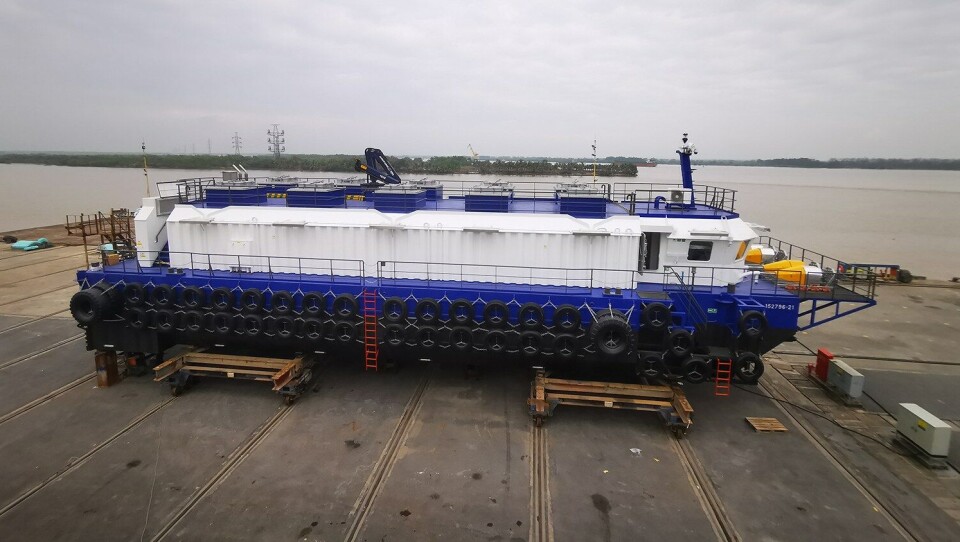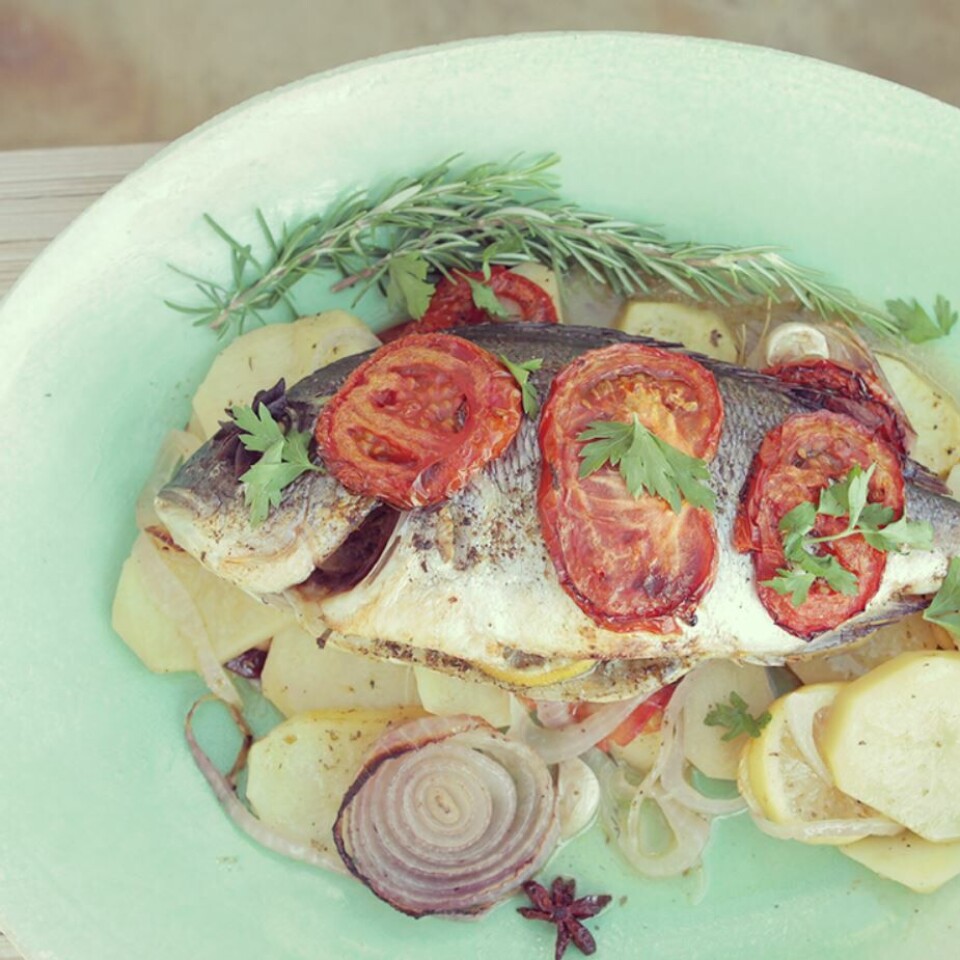
Philosofish breaks the mould with 400-tonne feed barge
Mediterranean bass and bream farmer Philosofish is increasing production at its Rhodes Island site after investing in a 400-tonne capacity feed barge from Norwegian aquaculture supplier AKVA group.
Delivery of the AM400 Classic feed barge will enable Philosofish to produce 2,000 tonnes annually at the site.
“Philosofish is a solid, well-run company that has had a great development in recent years. It is great recognition for AKVA group that they are ordering a state-of-the-art feed barge for the Mediterranean,” said Bruno Polichetti, general manager in AKVA group Hellas, in a press release.

Ten silos
The feed barge is equipped with ten silos, four feeding lines, remote control capability and can distribute feed to up to 40 pens with four feeding lines.
“The feed barge from AKVA group is impressive and beyond our expectations,” said Philosofish purchasing manager Manolis Manelis. “It was a wise decision of our management to order this barge and enhance our collaboration with AKVA group.”
Small barges
AKVA has had a presence in Greece for three decades, mainly delivering feed systems for use on small, locally built feed barges.
“We now see a trend in Greece to invest in larger feed barges,” said Polichetti.
In 2020 Philosofish acquired new sites and increased its total production capacity from 5,000 to 20,000 tonnes annually. Philosofish is already using Akva Control CCS feed systems in four of its sites.
Electric stunning
The Greek company has been farming fish this 1986, and introduced the Philosofish brand in 2014 with the arrival in investor Diorasis International SA.
Last year Philosofish invested in an electric stunning system that allows it to harvest fish in the most humane way via an automated system that uses electrical currents to anaesthetise the harvested fish with instant electronarcosis.
This process painlessly renders the fish unconscious from the moment they leave the water and keeps them in this state as they are despatched by being lowered into ice baths.























































